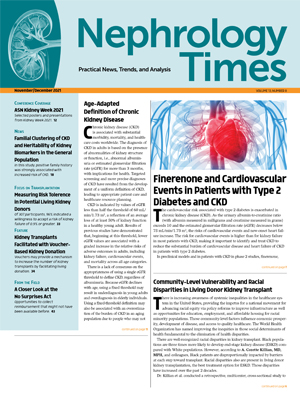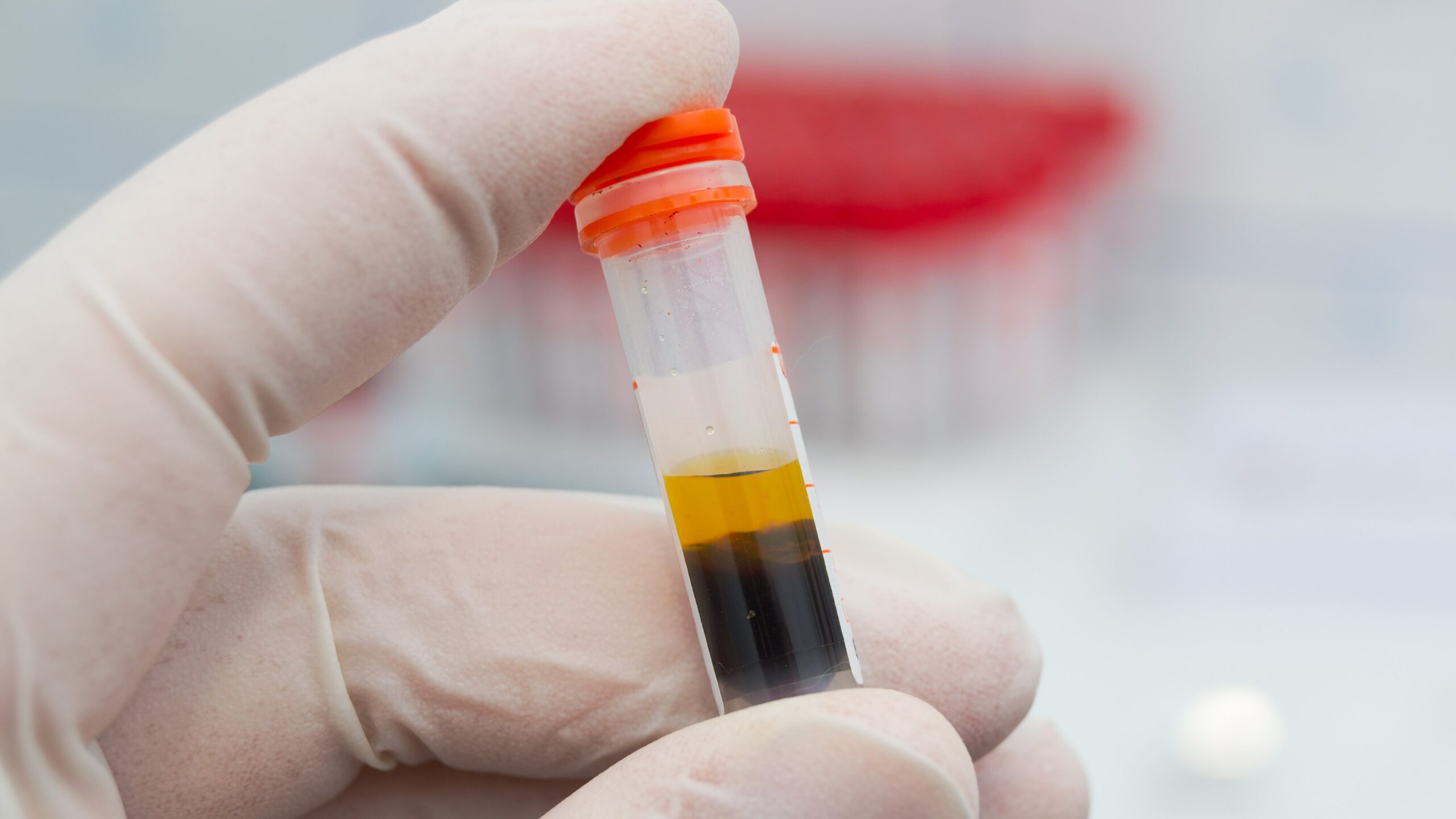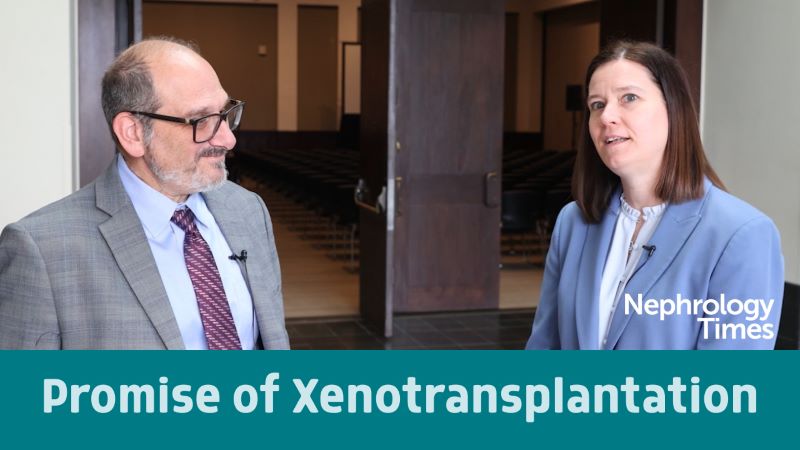
Vouchers for future kidney transplant offer a mechanism to overcome the chronological incompatibility that occurs when the ideal time for the donor to give the kidney differs from the time when the intended recipient needs the kidney. Vouchers allow potential donors to donate a kidney and secure a voucher for their intended recipient that can be redeemed, with the kidney of a different donor, if needed in the future.
There is an acknowledged need to increase the number of kidney transplants by facilitating living donation. In July 2019, the White House announced that it would be adopting measures to expand kidney transplants, including increasing public education, decreasing the rate of discarded organs, and removing potential barriers to living donation.
The US government, including the Department of Health and Human Services, has taken actions designed to assist with accrued costs to make living kidney donation financially neutral. The use of vouchers is a program that has the potential to increase donation without the need for regulatory change or additional government spending. Further, the benefits of using a voucher program to expand living organ donation have been documented over the past 6 years. However, uncertainty regarding the actual increase in the number of living kidney donors associated with voucher programs is uncertain.
Jeffrey L. Veale, MD, and colleagues conducted a multicenter cohort study aimed at examining the consequences of voucher-based kidney donation and the capability of voucher redemptions to provide timely kidney allografts. Results of the study were reported in JAMA Surgery [2021;156(9):812-817].
The study was conducted at 79 transplant centers across the United States utilizing data from the National Kidney Registry (NKR) from January 1, 2104, to January 31, 2021, to identify all family vouchers and patterns in downstream kidney donations. All living kidney donors and recipients participating in the NKR family voucher program were included in the analysis.
A voucher was presented to the intended recipient at the time of donation. The vouchers had no cash value and could not be sold, bartered, or transferred to another person. When a voucher was redeemed, a living donation chain was used to return a kidney to the voucher holder. The primary study measures and outcomes were deidentified demographic and clinical data from each kidney donation, including the downstream patterns in kidney-paired donation. Voucher redemptions were evaluated and analyzed separately.
There has been rapid increase in the number of participating centers in the NKR family voucher program and in the number of voucher donations. At the 79 participating centers in the United States, a total of 250 family voucher donations have been facilitated. Each voucher donor identified a mean of 3.3 voucher holders (in response to the 2019 NKR Medical Board decision to allow up to five healthy voucher holders per donation), and 818 vouchers were issued. Each donation precipitated a chain with a mean length of 2.3 downstream kidney transplants, facilitating 573 total transplants. Of those, 19.4% (n=111) were performed in highly sensitized recipients, with a calculated panel of reactive antibodies of >80%.
Median age of the kidney donors was 46 years (range, 19-78 years), and 7.6% (n=19) were ≥65 years of age. Most family voucher donors were female (157 individuals [62.8%] and White (241 individuals [96.4%]). Prior to implementation of the family voucher program, incompatible kidney-paired donations spent a mean of 146.0 days waiting for exchange transplant. Following implementation of the program, waiting times decreased to a mean of 46.0 days, a reduction of more than 3 months.
As of publication of the report [September 2021], six vouchers had been redeemed. Of those six vouchers, three were redeemed by individuals with blood type O. One redeemer had two previous kidney transplants and was highly sensitized, with calculated panel reactive antibodies of 92%. The time from issuance of the voucher (kidney donation) to voucher redemption ranged from 167 to 867 days. Time from voucher redemption to kidney transplant ranged from 46 to 155 days.
Family-Based Voucher Redemptions
| Recipient No. | Recipient sex | Recipient age range, years | Recipient race/ethnicity | Recipient blood type | HLA match points | CPRA,
% |
Relationship of voucher holder to recipient |
| 1 | Female | 60-65 | White | A | 25 | 20 | Friend |
| 2 | Female | 50-55 | White | O | 0 | 68 | Spouse |
| 3 | Male | 40-45 | White | O | 0 | 51 | Spouse |
| 4 | Male | 40-45 | White | B | 0 | 0 | Friend |
| 5 | Male | 50-55 | White | O | 10 | 92 | Friend |
| 6 | Male | 65-70 | White | B | 20 | 0 | Spouse |
Abbreviations: CPRA, calculated panel reactive antibodies; HLA, human leukocyte antigen.
The researchers cited some limitations to the study findings, including the retrospective design and the use of data from a single kidney exchange consortium.
In conclusion, the authors said, “The results of this study indicate that the family voucher program helped to remove a major disincentive for candidates considering living kidney donation. To date, 250 voucher donations have occurred across the United States, precipitating donation chains that produced 573 kidney transplants. All six of the patients who redeemed vouchers had timely kidney transplants, which is an indication of the family voucher program’s viability.”
Takeaway Points
- Researchers reported results of a multicenter cohort study examining the consequences of voucher-based kidney donation and the ability of voucher redemptions to provide timely kidney allografts.
- A total of 250 voucher-based donations between 2014 and 2021 were included in the analysis; the donations facilitated a total of 573 transplants.
- To date, six vouchers have been redeemed; three of the six were among individuals with blood type O. Time from voucher redemption to kidney transplant ranged from 36 to 155 days.






 © 2025 Mashup Media, LLC, a Formedics Property. All Rights Reserved.
© 2025 Mashup Media, LLC, a Formedics Property. All Rights Reserved.